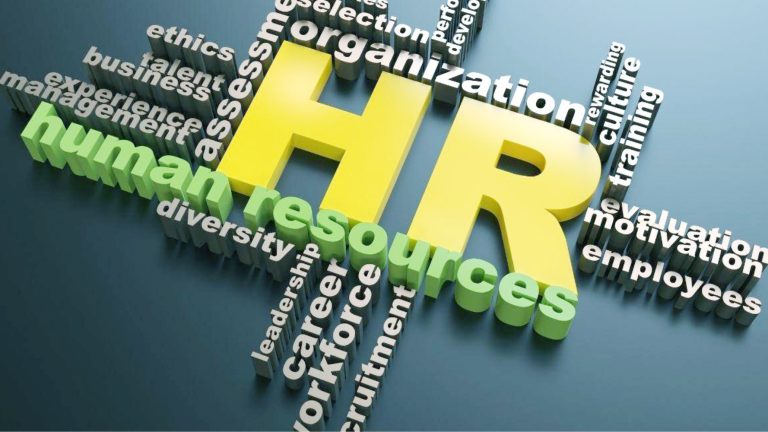Given the current instability in the labor market, many businesses, including HR, are turning to automation to help fill the gaps across a variety of departments. Delegating different HR responsibilities to cutting-edge software and other technical tools is referred to as automation in recruiting. Automation aids businesses in streamlining hiring procedures and workflows, boosting productivity and efficiency of recruiters, enhancing applicant experiences, reducing cost-per-hire, and accelerating time-to-hire. The software takes care of all these standard procedures rather than relying on the busy recruiting manager to perform several duties alone. As a result, HR managers are better equipped to concentrate on strategic initiatives that are more beneficial to the firm.
Automating a hiring process involves a number of processes and factors. Automation calls for the fusion of multiple platforms, programmes, tools, and technologies in order to deliver end-to-end functionality throughout the employment process. Many businesses are still unwilling to accept automated recruiting as a concept and apply it as a potent weapon of recruitment, even though it is increasingly being employed by forward-thinking managers and organizations. Forty percent of HR departments worldwide are utilizing future-proof technologies, according to research, leaving the remaining 60% dependent on manual processes.
Also read: Talent search through outsourcing and acquisition
Automation aids businesses in overcoming complex and constantly evolving challenges like manual outreach activities; handling passive candidates, messy spreadsheets, and disorganized data; finding relevant talent; and filtering suitable candidates in the high-volume hiring space where candidates and recruitment are abundant. Few applicant tracking systems (ATS) are currently built with embedded features that consider the blue-collar workforce, with automated scheduling, text, and email reminders to keep applicants engaged and informed. These systems are designed to perform well, especially in the high-volume hiring space. Companies may see decreased drop-off rates and time-to-fill thanks to automation. In the high-volume hiring space, these metrics count since according to Aptitude Research, 65% of applicants abandon the process when Artificial Intelligence (AI) technology is not used. In today’s technologically advanced society, technology offers solutions that make recruiting procedures considerably simpler to carry out and more effective. Blue-collar recruiting may be completed in a matter of minutes or hours. Using a variety of tools and platforms, recruiters may use AI to automate some of the stages required in the hiring process.
Automation in hiring is a trend that will not go away since it helps both employers and job seekers. Within the next two years, 69% of management tasks will be fully automated, according to research.
It is possible to save expenses while delivering considerable advantages by incorporating the right amount of automation into hiring procedures. Additionally, automated recruitment improves the candidate experience by accelerating the process and delivering faster response rates through efficient communication protocols. This helps reduce friction and build “candidate-first” technology to make applying as simple as possible. Automated recruitment also adds structure, fairness, and consistency to the traditionally manual processes of recruitment. By producing application responses with a quicker turnaround time and generating data that will enhance reporting, analytics, and insights, automation helps close the communication gap between managers and potential employees. This, in turn, helps to increase efficiency and help in making more informed hiring decisions, which maximizes the success of high-volume talent acquisition strategies.
Having meaningful interactions is crucial at every stage of the hiring process. The candidate experience will be vastly improved by having thoughtful dialogues with candidates. Recruiters, however, frequently find themselves unable to reply to each individual query in a timely manner due to the large number of inquiries they receive from applicants. The applicant could then become disinterested and apply for a new position elsewhere as a result. Here, automation and AI can be helpful by enabling recruiters to reply automatically. The recruiter can still create answer templates that incorporate their brand’s language and tone, giving candidates the impression that they are speaking with a real person and improving the recruiting process.
Also read: Recruitment Scammers hit LinkedIn with fake jobs amid tech layoffs
Automation in hiring is a trend that will not go away since it helps both employers and job seekers. By automating time-consuming, repetitive tasks and producing consistent, error-free output, an automated recruitment system frees up company resources and saves valuable time, enabling businesses to concentrate on fostering a positive company culture, enhancing client relationships, and developing more sustainable operations with a more effective and proactive HR team. Not only can automation in the hiring process improve retention, prevent attrition, assist in making data-driven decisions, and save time and money, but it also aids in smooth recruiting, providing candidates with a first-class hiring experience.
Within the next two years, 69% of management tasks will be fully automated, according to research. In order to approach the hiring process, many businesses and recruiters have switched to virtual platforms and have used technology creatively. The recruiting process is greatly simplified by AI, which does not replace recruiters but rather empowers them with automation. In order to improve productivity at work and encourage proactive recruiting rather than ad hoc hiring, automation in the hiring process is created to assist people in working more intelligently.
Stay connected with us on social media platform for instant update click here to join our LinkedIn, Twitter & Facebook























